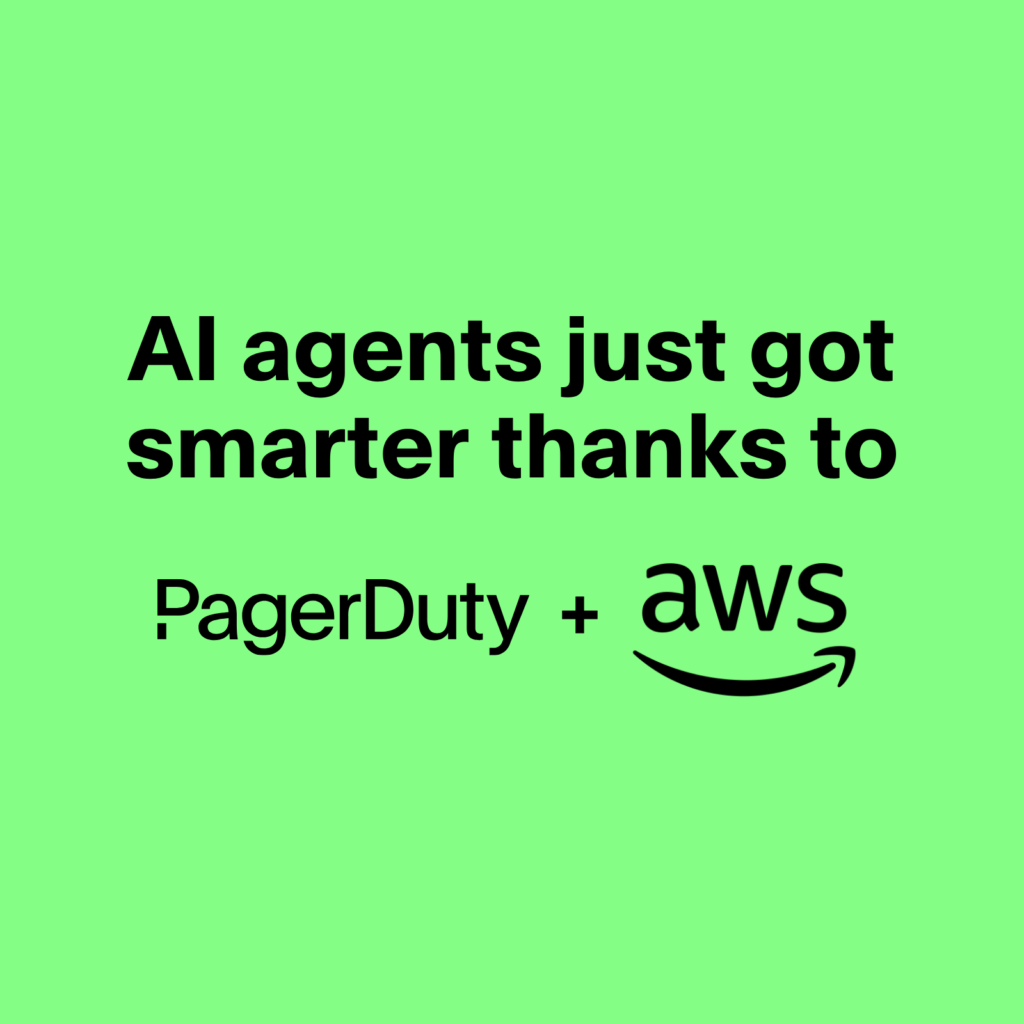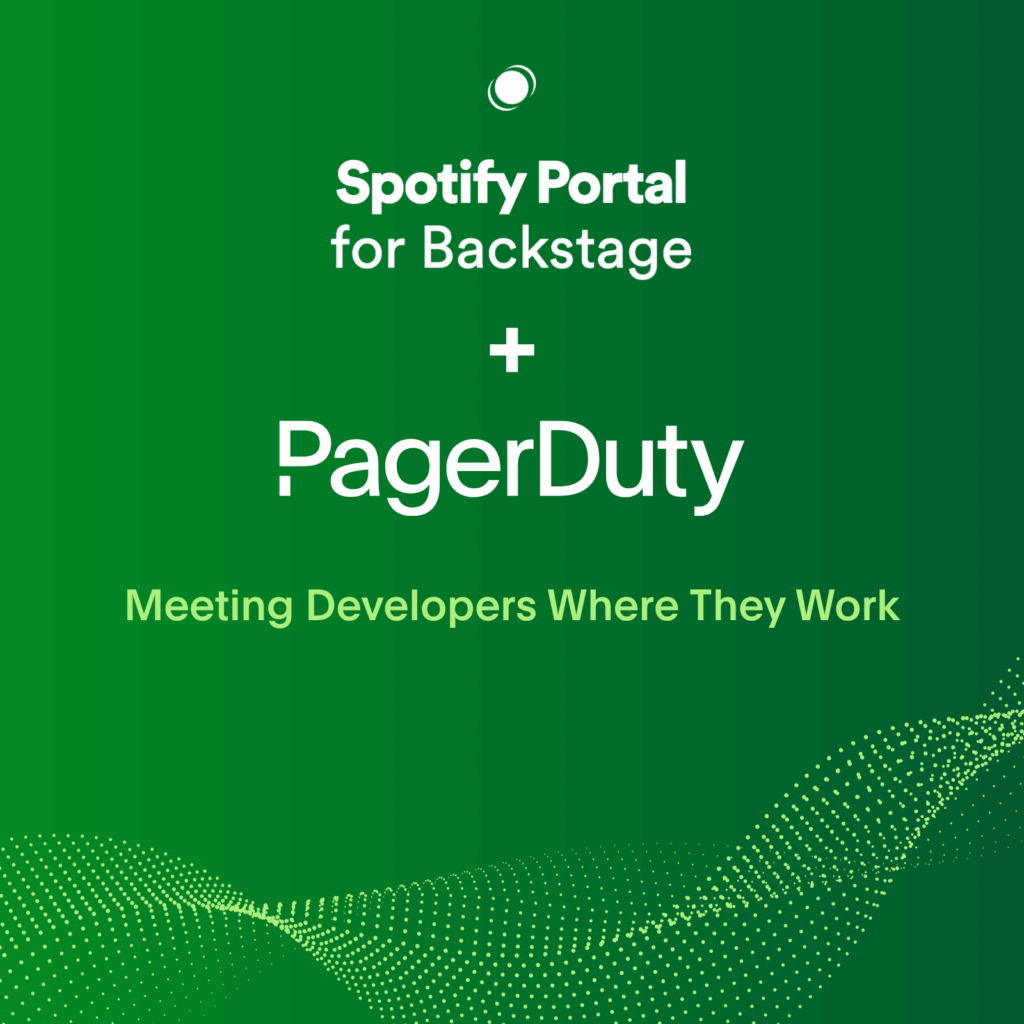- PagerDuty /
- Blog /
- Announcements /
- PagerDuty Announces New Automation Enhancements That Simplify Operations Across Distributed and Zero Trust Environments
Blog
PagerDuty Announces New Automation Enhancements That Simplify Operations Across Distributed and Zero Trust Environments
Be sure to register for the launch webinar on Thursday, March 30th to learn more about the latest release from the PagerDuty Operations Cloud.
Rundeck by PagerDuty has long helped organizations bridge operational silos and automate away IT tasks so teams can focus more time on building and less time putting out fires. And while this mission still rings true today, our vision is to extend this reality and revolutionize all operations while continuing to build trust.
To resolve high-impact work faster and more efficiently, the PagerDuty Operations Cloud delivers value across every IT environment; whether it be pre-production or production, isolated or secure, multi-cloud or on premise—you name it. We want to meet our customers where they are and deliver the value they need.
Starting today, that vision is now a reality.
We are thrilled to introduce a next-generation architecture for PagerDuty Runbook Automation and PagerDuty Process Automation that simplifies how our customers manage automation across cloud, remote, and hybrid environments.
This latest functionality, among others, is why Runbook Automation is an integral part of the PagerDuty Operations Cloud. Now PagerDuty helps automate across any infrastructure, multi-zoned hybrid environment, network, and more to resolve that unplanned, time-sensitive, and high-impact work we know about all too well.
Standardizing automation across secure infrastructure
It’s clear that automation has become a necessity in order for businesses to keep pace with the rapid transformations happening across the technical landscape. These businesses also have to sustain growth and transformation while also doing more with the same—or even fewer–resources. Additionally, segregated environments and disparate services add complexity via hybrid cloud realities and increasing security and regulatory requirements. This sprawl of IT environments has led to a new dimension of organizational silos, along with departmental and technical silos.
One thing is for sure: When built, conventional automation tooling didn’t anticipate the complexity of security requirements in modern distributed environments. As a result, engineers have to manually execute tasks for operations within each environment, causing long wait times, more personnel time consumed, and higher levels of engineering toil. To solve this problem of fragmented automation, something more is needed. Teams need full visibility across their entire infrastructure and the ability to seamlessly execute distributed automation jobs—without having to manually build new automated operations into each project and environment.
With this new functionality, instead of having to manually invoke an automation step in each environment, engineers can now manage and run automated tasks and distribute that automation across their many segregated environments from a single administration.
As a result, teams will be able to:
- Operate faster by enabling automated operations across cloud and data center environments
- Simplify security when operating in high-compliance and zero-trust architectures
- Eliminate toil by speeding up task resolution and reducing personnel time across all zones, environments, and networks
In order to better understand how this is made possible by the new functionality, let’s touch on some of the challenges we are looking to solve for our current and future customers.
Enabling scale and efficiency with security in mind
While it is true that automation can unlock new levels of scale and potential for innovation, it also brings with it critical challenges around added complexity, connectivity, and security. For technology teams, this means additional dependencies inside isolated environments that need to be maintained, distributed network endpoints to keep in check, and islands of fragmented automation spread across remote and local environments that need to be securely managed and run.
One of the bigger challenges that we hear from our customers is around managing and running automation across environments with high security and compliance requirements. In many cases, engineers have to manually manage each of their several isolated environments due to the many security nuances and process dependencies within each zone.
Now, PagerDuty Runbook Automation can be that connectivity conduit across our customer’s distributed operations that wield strict requirements for:
- Disparate environments? No problem: Runbook Automation and Process Automation can now authorize orchestration of automation steps in remote environments as if they were local, and allows incorporation of many environments in the same job definition. This eliminates network silos that typically compromise automation and thus requires manual log-ins to properly run in those environments.
- Compliance audits? No problem: Runbook Automation and Process Automation now simplify compliance by embedding access control and logging into automation, now extending these capabilities into remote environments—all from a centralized control plane.
- Zero trust security? No problem: For customers with high security requirements, Runbook Automation and Process Automation can now enable connectivity without the need to open ports in their firewalls, such as SSH, enabling remote operations. This new functionality simplifies secure connectivity to automation by reducing the need for customers to deploy their own bastion or jump host and public endpoints.

Example diagram of PagerDuty Runbook Automation running an automated diagnostic process in remote environments to capture environmental state.
New Runner functionality
The Runner is a remote execution point purpose built for node steps to run on specified endpoints, rather than from the automation server itself. The Runner, available for both Process Automation and Runbook Automation, securely opens up network/communication between data centers, remote environments, and the automation cluster.
The new release offers a next-generation Runner that is now integrated with common infrastructure such as Ansible, Docker, and Kubernetes that execute locally within the private network. The new architecture now allows job authors to develop automated jobs that incorporate multiple environments.
New feature highlights
- Run automation anywhere with next-generation Runners that provide secure and resilient connectivity from within remote environments.
- Support complex architectures and jobs with distributed automation steps that enable the orchestration of standardized automation to work across any environment.
- Simplify management with an enhanced Runner UI and APIs that simplify administration of Runners from the central automation environment, including configuration, status, and managing credentials.
- Integrate your existing stack with plugins available on remote Runners for common technologies like Ansible, WinRm, Kubernetes, and Docker that can execute in local and remote environments.
Process Automation and Runbook Automation can now provide the same breadth of automation workflows with execution steps for Ansible or Kubernetes in remote environments that will only continue to strengthen as we blaze this trail of new distributed automation capabilities for our customers.
Looking ahead
These new automation features from Runbook Automation and Process Automation are just the beginning, and strengthen the value of the PagerDuty Operations Cloud by providing more flexibility for our customers to create triggered workflows across a wider variety of secure environments.
Register for our webinar on Thursday, March 30th to hear more about the latest release from the PagerDuty Process Automation portfolio. If you have any questions or are interested in learning more, make sure to contact your account manager and visit our Process Automation page.


